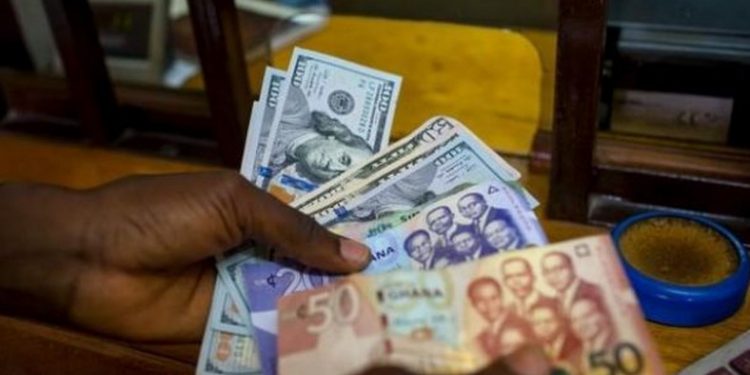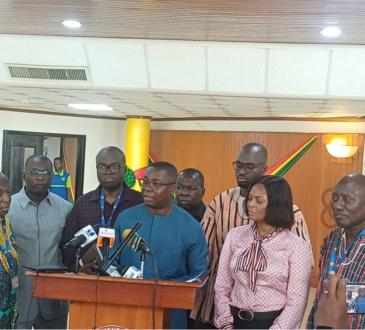
The average lending rate of banks in Ghana has seen a slight decrease to 31.10 per cent in June 2024, down from 31.15 per cent recorded during the same period last year, according to data from the Bank of Ghana.
This decline in borrowing costs is in line with a reduction in the inflation rate.
The year began with an average lending rate of 32.94 per cent in January 2024. The rate dropped to 32.77 per cent in February and further to 32.37 per cent in March. By April, it had eased to 31.25 per cent. As of June 2024, the Ghana Reference Rate stood at 29.44 per cent.
On July 26, 2024, the Bank of Ghana’s Monetary Policy Committee decided to keep the policy rate steady at 29.0 per cent, citing uncertainties about the inflation outlook for the year. These uncertainties were influenced by recent exchange rate pressures, increased utility tariffs, and rising ex-pump fuel prices.
Lending rates, however, can vary significantly among banks and the sectors they serve. While some banks offer loans at the Ghana Reference Rate, others may charge rates as high as 40 per cent, depending on the customer’s risk profile.
Meanwhile, the banking sector’s performance in the first half of the year indicates a continued recovery from the impact of the Domestic Debt Exchange Program. Total assets grew by 33.3 per cent to GHS 323.1 billion at the end of June 2024, compared to the 21.2 per cent growth recorded at the end of June 2023. However, the industry’s Non-Performing Loan ratio increased to 24 per cent in June 2024 from 18.7 per cent the previous year.







